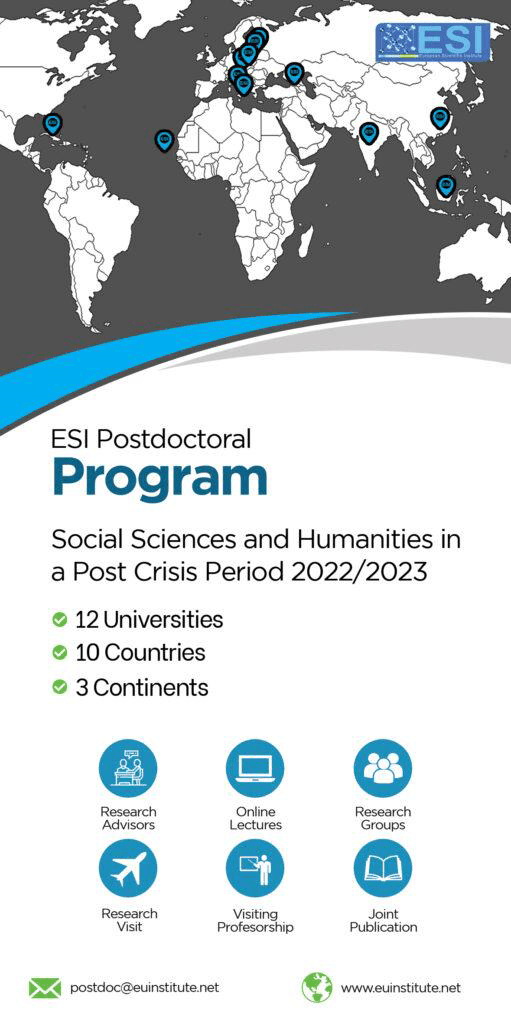Dynamiques Sociales Et Gestion Fonciere En Zone Cotonniere Du Mali
Abstract
In Mali the management of rural area in the cotton belt has become more complex. It presents social, economic, ecological and cultural issues. Indeed, the increasing numbers of actors due to migration and population growth, as well as the emergence of new agricultural systems have created new dynamics in terms of companies and natural resources management. This work aimed at analysing the functioning of territories and actors through their social organisation and resource management strategies in the villages of Nafègué, Benguéné and Ziguéna. The methodology used was based on direct observation and qualitative surveys with several categories of actors identified using a diagnostic tools. The results show that the management of associations and cooperatives is identical in all the three villages. They are in principle independent from each other and have a freedom of action. However, there are mutual aid relations between the different associations. At village scale, land management follows similar principles. The land is under the responsibility of the village head, but there are often land owners. Nowadays, because of land pressure resulting from population growth and agricultural activities, land issue has become one of the biggest concern land access rules more complex. These facts require new collective processes for natural resource management.Downloads
Download data is not yet available.
Metrics
Metrics Loading ...
PlumX Statistics
Published
2016-04-27
How to Cite
Coulibaly, B., Traoré, S. S., Diakité, C. H., Ballo, A., Traoré, A., Diawara, M., & Dembélé, S. (2016). Dynamiques Sociales Et Gestion Fonciere En Zone Cotonniere Du Mali. European Scientific Journal, ESJ, 12(11), 350. https://doi.org/10.19044/esj.2016.v12n11p350
Section
Articles







